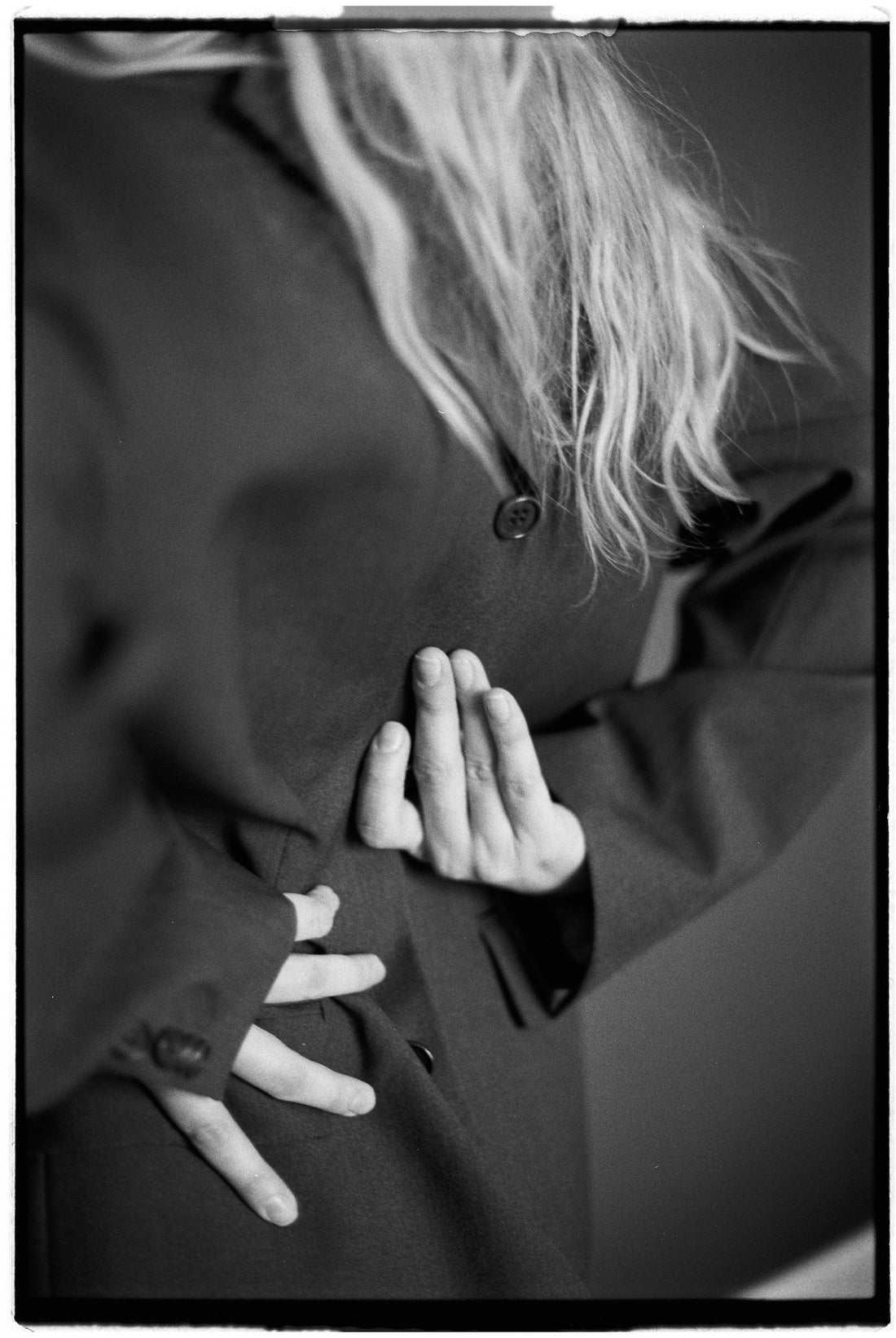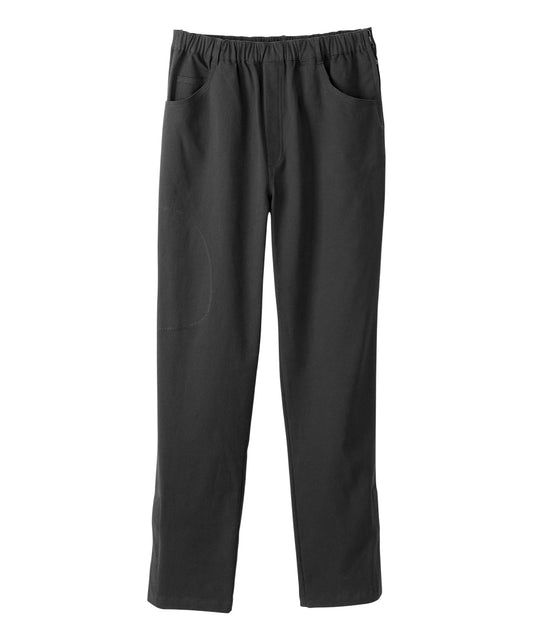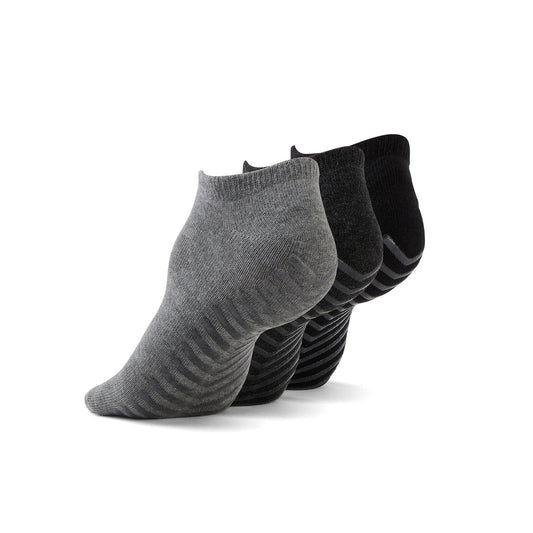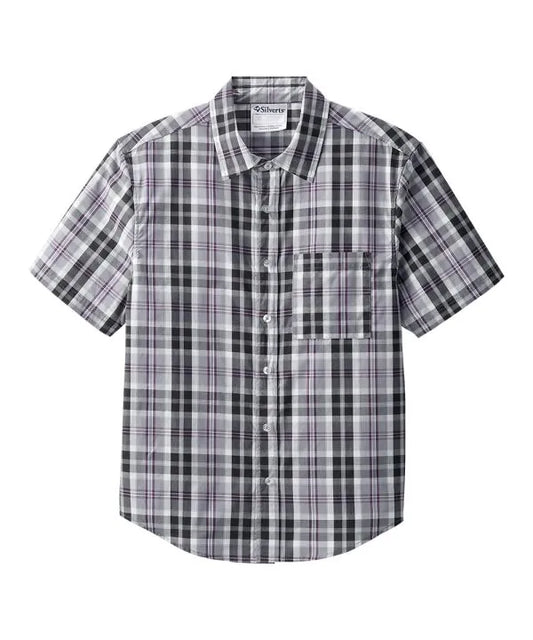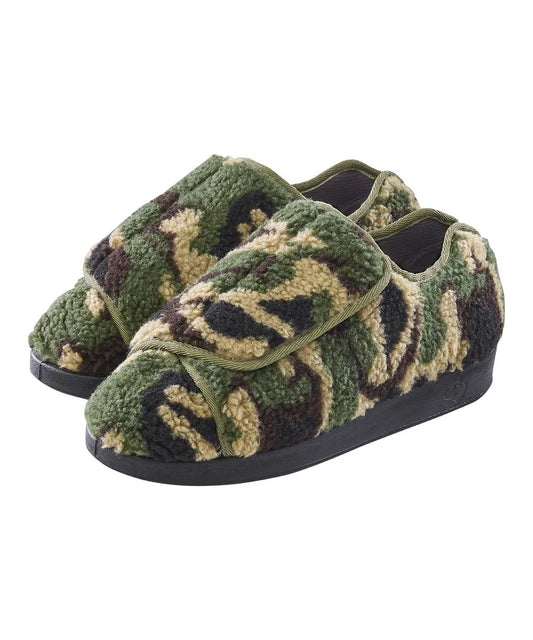Fine motor skills are the intricate movements our hands make and are essential for tasks that require precision, such as buttoning a shirt, fastening a zipper, or tying shoelaces. However, for individuals with fine motor skill challenges, these seemingly simple activities can be frustrating and time-consuming. Fortunately, adaptive clothing is a solution in addressing these challenges. They not only make dressing easier but also encourage independence and promote self-esteem. In this article, we will explore several clothing items that can make dressing easier for individuals with fine motor skill challenges.
1. Clothing with easy fasteners
One of the main struggles for individuals with fine motor skill challenges is difficulty with buttons, zippers, and hooks due to limited hand dexterity and coordination skills. Luckily, this is an issue that can be solved with adaptive clothing. Instead of tiny buttons or hard-to-grasp zippers, adaptive clothing incorporates magnets, Velcro, large snaps, and more. These alternatives allow individuals to dress themselves independently and reduces the need for assistance.
Magnetic closures replace traditional buttons with magnetic clasps that align and snap together effortlessly. They tend to be hidden within the sides of the clothing item so that it is invisible and makes the garment appear sleek. For example, June Adaptive features a Women’s Light Denim Jacket with Magnetic Closures that include two front pockets and comes in six different sizes.
In addition, Velcro consists of a hook-and-loop mechanism and has been a staple in adaptive clothing for decades. It's incredibly versatile and can be used in various clothing items, from shoes to jackets and even pants. Velcro strips provide a secure closure that's easy to manipulate, making them an ideal choice for individuals who struggle with traditional fasteners. Moreover, the audible "ripping" sound when opening Velcro can offer sensory feedback, aiding individuals with sensory processing difficulties.
Additionally, snaps and buttons are often enlarged in adaptive clothing to make them more accessible. These oversized fasteners are easier to grip and manipulate, making dressing a much smoother process. Large snaps function like traditional snaps but require less precision, while oversized buttons can be fastened with less dexterity. Overall, these various fastening options maintain the look of traditional clothing, while offering enhanced functionality.
2. Front-opening Clothes
Individuals with fine motor skill challenges often have difficulty reaching things behind their back, such as zippers of dresses or buttons. Adaptive clothing can help solve this issue by offering front-opening clothing. Whether it's a front-buttoned shirt or a jacket with a wraparound design, these garments eliminate the need to strain your arms and fingers, which is a common problem for those with limited fine motor skills.
Front-buttoned shirts and blouses are a staple in adaptive fashion. Instead of traditional back buttons, these garments feature buttons on the front, often concealed by a placket or flap. The buttons are typically larger and easier to manipulate, ensuring that fine motor skill challenges don't hinder the dressing process.
Moreover, wraparound dresses and robes are another example of front-opening adaptive clothing. For example, June Adaptive offers a Women’s Wrap Skirt. These garments feature overlapping fabric panels that can be secured at the front with Velcro, ties, or snaps. The wraparound design eliminates the need for buttons or zippers, making it a convenient choice for individuals who may have difficulty with traditional fasteners. Additionally, wraparound styles provide a comfortable fit and are easily adjustable to accommodate different body shapes.
In addition, front-opening adaptive clothing not only benefits the individuals who wear them but also simplifies the dressing process for caregivers. Caregivers can easily assist with dressing by fastening the front closures, which can be particularly helpful when dressing individuals with limited mobility or dexterity.
3. Elastic Waistbands
Traditional pants often have zippers and buttons to fasten the garment onto the hips and waist. This can be especially challenging for those with limited fine motor abilities to fasten and unfasten each day. Fortunately, adaptive clothing often features elastic waistbands that can help with this issue. They replace traditional belts and buttons, making it easier to put on and take off pants or skirts.
Elastic waistbands provide a comfortable and flexible fit. They gently conform to the wearer's body without applying undue pressure or restriction. This comfort is especially valuable for individuals who may have sensory sensitivities or medical conditions that require adjustable clothing. For example, June Adaptive offers a Men’s Seated Stretch Cargo Pants that features an elastic waistband and comes in six different sizes. Moreover, many adaptive clothing brands recognize that one size does not fit all. Elastic waistbands often include adjustable features, such as drawstrings or hidden buttons, that allow individuals to customize the fit to their liking. This adaptability ensures that the clothing remains comfortable throughout the day.
Additionally, elastic waistbands are not limited to specific clothing types. They can be found in an array of styles, from casual sweatpants and athletic wear to more formal dress slacks and skirts. This versatility allows individuals to choose garments that suit their needs and activities, all while prioritizing comfort and ease of dressing.
4. No-tie Shoes
Traditional shoes are often fastened with shoelaces, which can be difficult for individuals with fine motor skill challenges to do due to the intricate hand and finger movements required. Fortunately, adaptive shoes are designed with alternatives like elastic laces, hook-and-loop closures, or slip-on designs. These options maintain style while eliminating the need for complex shoe-tying maneuvers, making them a valuable addition to the world of adaptive fashion.
For instance, slip-on shoes are a type of footwear designed for easy wearing and removal without the need for traditional laces or fasteners. These shoes typically have an open throat design at the top of the shoe, meaning they lack a tongue and traditional eyelets for laces. Instead, they rely on elastic materials, stretchable fabric panels, or other innovative features to provide a snug fit. These elastic materials provide the necessary tension to secure the shoe on the foot while allowing for easy entry and exit. Additionally, many slip-on shoe designs also include pull tabs or loops at the heel, which make it easier to slide the foot into the shoe and are especially helpful for individuals with limited mobility or dexterity.
Moreover, Velcro shoes are footwear that use a hook-and-loop fastener system to secure the shoe on the foot. The hook-and-loop fasteners consist of two components: hooks and loops. When pressed together, they create a secure bond, holding the shoe in place. Many Velcro shoes incorporate adjustable straps that allow wearers to customize the fit, which can be tightened or loosened according to the wearer's preference.
In addition, elastic laces are a specialized type of shoelace designed to replace traditional laces in footwear. They are particularly beneficial for individuals who have difficulty with fine motor skills, dexterity issues, or mobility limitations. They provide a convenient and secure closure system for shoes without the need for tying knots. Elastic laces are typically made of stretchable materials like rubber or silicone, allowing the laces to expand and contract. The primary advantage of elastic laces is that they eliminate the need for tying knots, making it easier to put on and take off shoes. Instead, wearers can simply stretch the laces to slip their feet into the shoes and release the tension to secure the fit.
5. Adaptive Accessories
Adaptive fashion extends beyond clothing to accessories. These accessories are thoughtfully designed to enhance the daily lives of individuals with disabilities or those facing mobility challenges. They blend functionality with style, empowering wearers to express their personality and address specific needs simultaneously.
Purses and backpacks can have adjustable straps to accommodate different body types and preferences. Zippers with oversized pulls are also easier to grasp and manipulate for individuals with fine motor skill challenges. Magnetic closures are another method that simplifies the process of opening and closing bags. Moreover, some backs are voice-activated, enabling individuals to open or close them with voice commands.
Moreover, there are adaptive belts that use innovative mechanisms like magnetic closures or hook-and-loop fasteners to provide a secure fit without the need for traditional buckles. Belts with elastic bands also offer a secure fit without the need for traditional buckles. In addition, belts that fasten in the front eliminate the need for back fastening.
Additionally, there is adaptive jewelry that combines style with functionality. Necklaces and bracelets can be designed with magnetic clasps, so that they can be put on and removed more easily and independently. Jewelry can be made with elastic or stretchy cords so they can slide effortlessly over the hand. Earrings and necklaces may also feature larger, easy-to-handle clasps for individuals with dexterity challenges.
Overall, adaptive clothing has emerged as a game-changer for individuals with fine motor skill challenges. From elastic waistbands to adaptive accessories, adaptive clothing can help individuals with fine motor skill challenges find ease in dressing. By addressing the unique needs of these individuals, adaptive clothing also promotes independence, enhances self-esteem, and fosters inclusion in society. It’s essential for individuals and caregivers to explore the available options and choose garments that best suit their specific needs and preferences. With the right adaptive clothing, individuals can confidently dress with dexterity, making everyday tasks more manageable and enjoyable.

